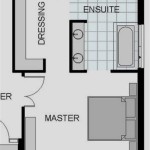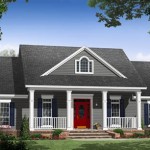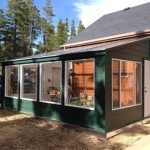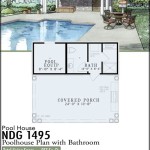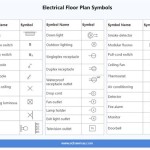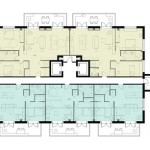Essential Aspects of House Floor Plan Dimensions
Designing a functional and aesthetically pleasing house requires careful consideration of floor plan dimensions. Every room's size and shape impacts the flow of the home, the amount of natural light received, and the overall livability.
1. Room Sizes
The size of a room should be determined by its intended function. For example, a living room should be large enough to accommodate comfortable seating and allow for easy traffic flow. A typical living room size ranges from 150 to 250 square feet.
Bedrooms should be sized according to the number of occupants and the type of bed. A small bedroom for one person can be as small as 100 square feet, while a master bedroom with a king-size bed and a sitting area may require 250 square feet or more.
Kitchens should be designed to accommodate multiple cooks and offer ample space for storage and appliances. A small kitchen for a couple may measure 100 square feet, while a larger family kitchen may require 200 square feet or more.
2. Room Shapes
The shape of a room influences its functionality and aesthetics. Square and rectangular rooms are relatively easy to furnish and are commonly used for bedrooms, living rooms, and dining rooms.
L-shaped and U-shaped rooms offer greater flexibility and can accommodate a variety of furniture arrangements. They are often used for kitchens, dining rooms, and family rooms.
Circular or polygonal rooms create a unique and dramatic effect. However, they can be more challenging to furnish and may require custom furniture.
3. Room Proportions
The proportions of a room play a significant role in its visual appeal. A well-proportioned room is pleasing to the eye and creates a sense of harmony. The ideal proportions for a rectangular room are 3:2 (length to width).
High ceilings make a room feel more spacious and grand. However, they can also increase heating and cooling costs. Standard ceiling heights range from 8 to 10 feet.
4. Window Placement
The placement of windows affects the amount of natural light received in a room and the views it offers. Windows should be positioned to take advantage of natural lighting and minimize direct sunlight during hot months.
South-facing windows receive the most sunlight, while north-facing windows provide a more even light throughout the day. East-facing windows offer morning sunlight, and west-facing windows offer afternoon sunlight.
5. Traffic Flow
The floor plan should ensure smooth and efficient traffic flow throughout the house. Main traffic areas, such as hallways and entryways, should be wide enough to accommodate multiple people. Rooms should be connected in a logical and convenient manner.
Conclusion
House floor plan dimensions play a crucial role in creating a functional, comfortable, and visually appealing home. By carefully considering room sizes, shapes, proportions, window placement, and traffic flow, architects and designers can create spaces that meet the needs and desires of homeowners.

12 Examples Of Floor Plans With Dimensions

A Floorplan Of Single Family House All Dimensions In Meters Scientific Diagram

Floor Plans With Dimensions Including Examples Cedreo

How To Read A Floor Plan With Dimensions Houseplans Blog Com

The Ground Floor Of House Layout And Dimensions In Cm Scientific Diagram

How To Read A Floor Plan With Dimensions Houseplans Blog Com

12 Examples Of Floor Plans With Dimensions

Amazing Beautiful House Plans With All Dimensions Engineering Discoveries Create Floor

How To Read A Floor Plan And Design The Perfect Home For You

Floor Plan With Dimensions 1 One House Plans Bungalow Cottage

